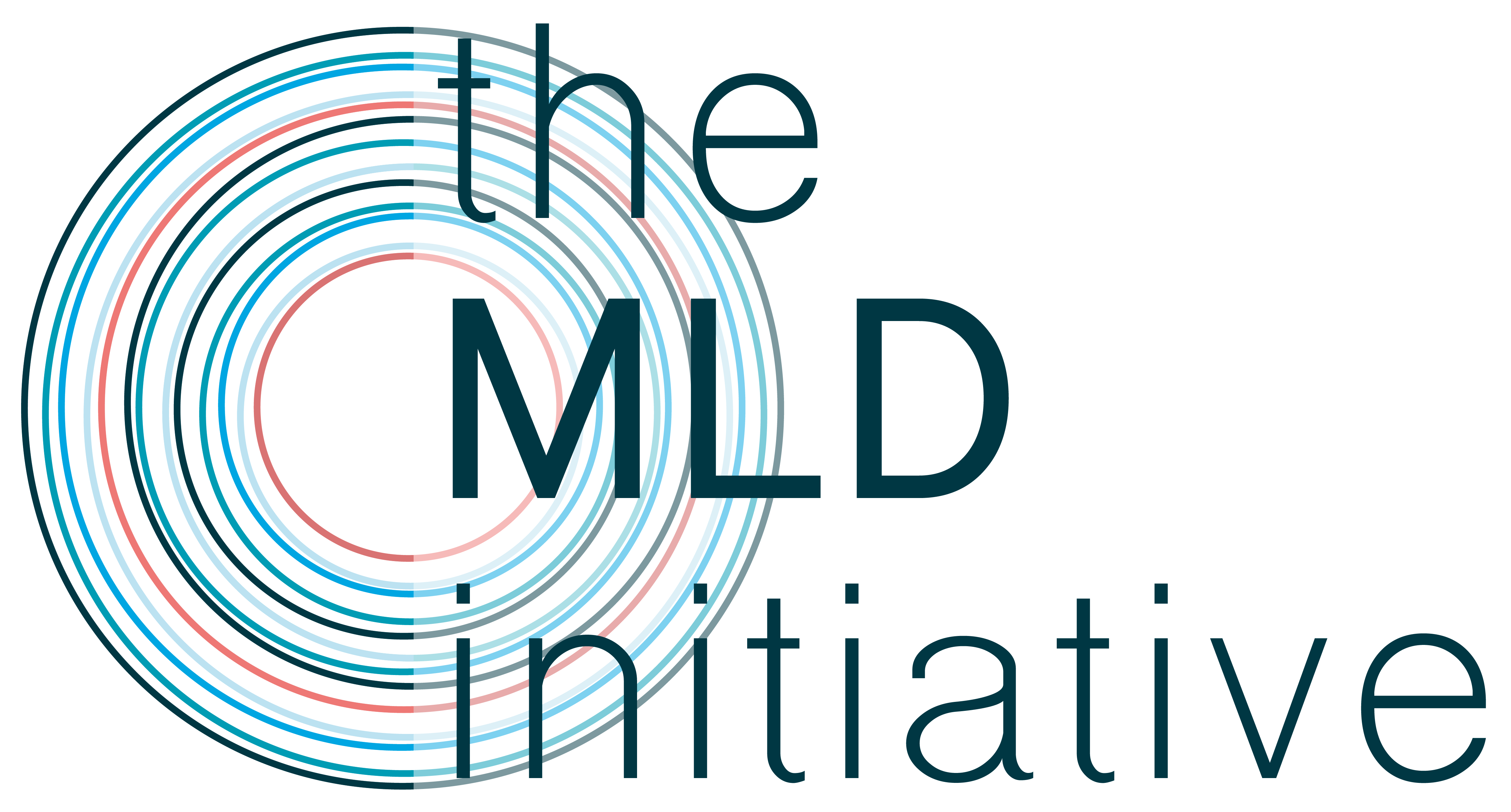Within the MLD initiative, we work on standardization and harmonization of clinical care and research. The official clinical guideline for MLD is being developed. In the meantime, consensus-based clinical standards for selected themes are developed within the MLDi. Harmonizing certain processes across different international hospitals can benefit care and future research. On this page clinical standards and guidance documents on several themes will gradually be published.
MRI protocol
Magnetic Resonance Imaging (MRI) is an essential tool in the diagnosis, assessment and management of MLD. It provides a detailed image of the brain’s structure, highlighting white matter changes as well as brain metabolic changes with a Magnetic Resonance Spectroscopy (MRS). To enhance uniform testing across practices and facilitate data comparison, an MRI harmonization protocol will be developed by the MLDi consortium.
Biological sample collection
Biological samples include all body materials, such as blood, urine, and tissue. These materials are regularly collected in clinical care to, for example, monitor the disease or the treatment. Sometimes biological samples are also collected in the context of research. Biological samples can be used for biomarker research, which is urgently needed in MLD.
Currently, the MLDi does not comprise a central biobank for sample collection and storage. As a workaround the MLDi members decided to make a consensus-based wishlist of samples to be regularly or optionally collected in MLD patients. In the MLDi registry it is captured whether samples can be shared or used for research. In this way, steps towards a federated biobank model are made. The biological sample wishlist can be found in the document below.
Nerve conduction studies
A nerve conduction study is a test used to evaluate the function and health of peripheral nerves. It measures how well and how quickly electrical impulses travel through these nerves. In addition, a nerve ultrasound is performed to visualize the peripheral nerves, assess their structure, and identify any abnormalities. Both are important to determine the severity and progression of the disease, providing an accurate of the patient.
The procedure for conducting nerve conduction studies and nerve ultrasound in patients with MLD is described in a standard operating procedure developed by the MLDi consortium. We encourage the implementation of these protocols to take a step towards more uniform testing across practices, facilitating collaborative research efforts and simplifying data comparison. This will also significantly enhance the accuracy and reliability of diagnostics for MLD patients. Both protocols can be found in the document below.
